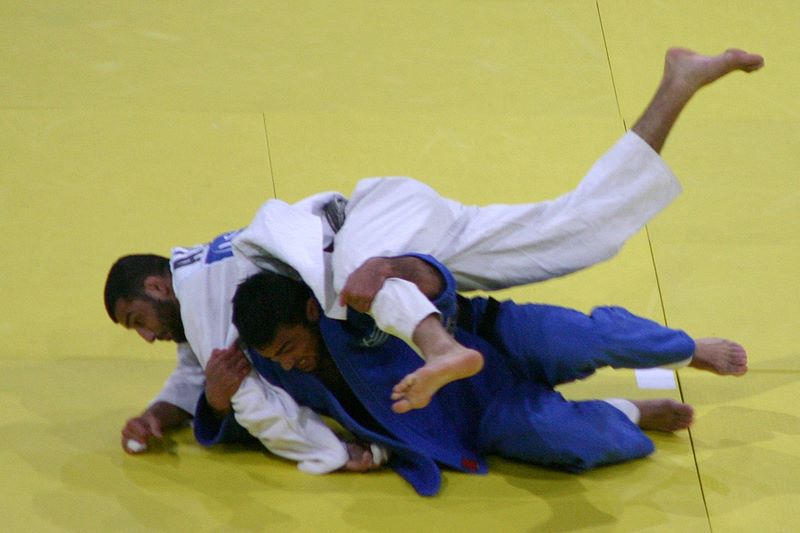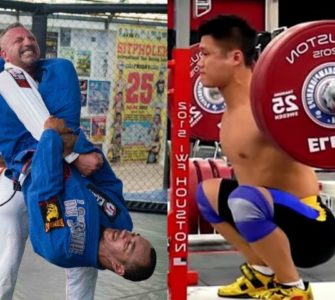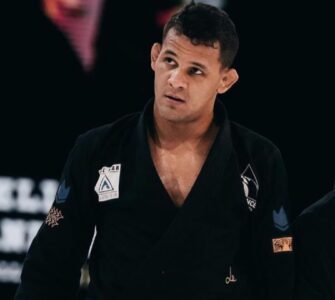With the Olympic games happening this summer in Rio de Janeiro, International Judo Federation President Marius Vizer did a live Q&A session on Twitter to update Judo fans from all over the world on what to expect in the near Future.
One fan asked a very interesting question regarding the ban on leg grabs. Judo since its creation had always had leg grab techniques. Since 2010, it is not permitted to grab the legs or trousers, initially, during tachi-waza (standing techniques). As of the 9th of February 2013 it is no longer permissible to touch the legs of the opponent whatsoever during tachi-waza.
Vizer talked about how leg grabs have been temporarily removed and that IJF would look into the possibility of reinstating them after 2016.
Q: Why were leg grabs removed from competition even though they feature in the Kododan’s traditional judo techniques?
MV: We have temporarily suspended all leg grabbing techniques to favour a lot of other classical & spectacular techniques from the Gokyo and at the same time to differentiate the judo from other sports which used to have similar techniques.
Q: After the 2016 Olympics, is there is the possibility of leg grabs coming back?
MV: We will go to analyse with our technical team and executive board the last 4 years & according to the methodical & tactical development of our sport we will take in consideration all opportunities.
Between 2009 and 2010 the International Judo Federal (IJF) ruled to ban from use some of the most highly effective judo throws in it’s arsenal.
We understand the importance of player safety. However, we feel this move is unwise because it causes judo to appear less effective as a formidable and practical self-defense system.
The techniques are:
Gokyo:
Sukui Nage
Utsuri Goshi (borderline – due to risk of holding uke below the belt line)
Kata Guruma
Obi Otoshi
Ushiro Goshi (borderline – due to risk of holding uke below the belt line)
Ura Nage (borderline – due to risk of holding uke below the belt line)
Hikikomi Gaeshi
Shinmeisho No Waza:
Morote Gari
Kuchiki Taoshi
Kibisu Gaeshi
Kani Basami
Kawazu Gake
Look carefully at this demo of the forbidden techniques. Think of the millions who’ve turned to BJJ, sport jujitsu, submission wrestling, sambo and other systems because they haven’t seen the full scope of judo’s effectiveness.



















